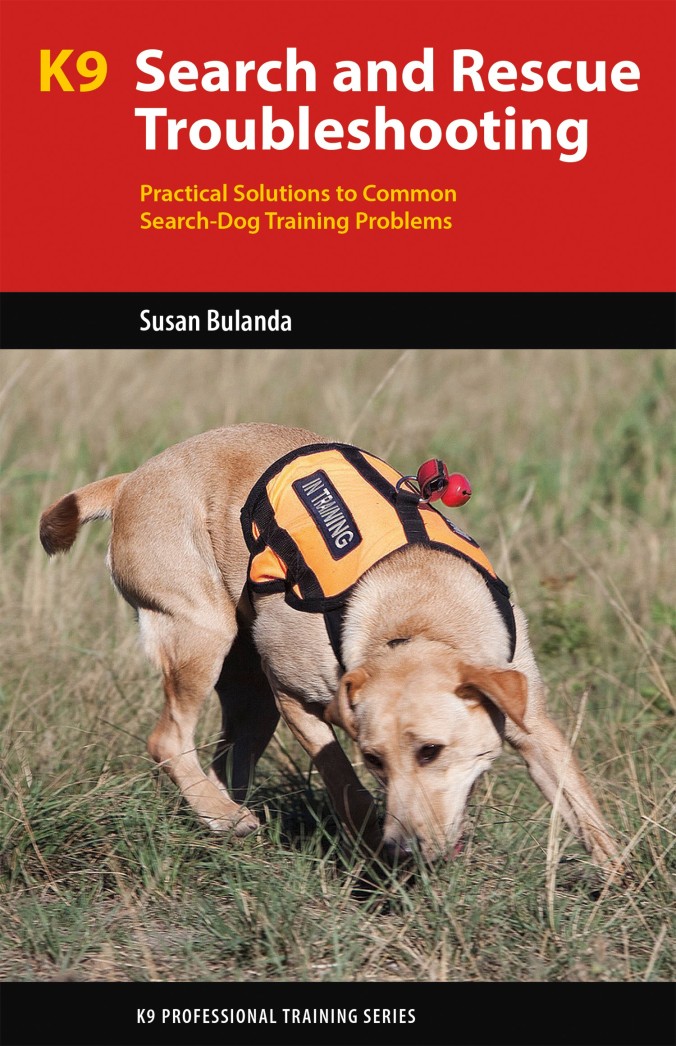Successful dog training is not just about the method of training the dog. A big part of training a dog depends on the type of dog you have and the lines it comes from. Whether it is a purebred or mixed, all dogs have lines which is another way to say their ancestry. Typically the term “lines” refer to selective breeding, but selective or not, the parents and grandparents have a strong genetic influence on the personality of the dog and make up the dog’s lines.

Dogs were selected for specific traits, which make up the breed. These traits are a combination of the physical and mental attributes. For example, if you have a few sheep in a field and nearby is a rabbit hiding in the brush, a Border Collie will know that the rabbit is there but will focus on the sheep. If you put a Beagle in the same field, he will know the sheep are there but focus on the rabbit. This is part of their genetic mental makeup or to put it another way, what they are bred to do.
The attitude of the dog depends on the breed(s) that it is made of. In the case of mixed breed dogs, you will only know by observation which genes are dominating their mind and to confuse things even more, the environmental stimulation can trigger different responses. For example, a dog that is a cross between a Border Collie and Beagle may be attracted to both the sheep and the rabbit, making it unreliable to use in the field.
Added to this are the general canine instincts that all dogs have. The most common and easiest for dog owners to see, is the prey chase drive. What this means is that how easy it is to train a dog depends on the genetic makeup of the dog and its individual personality or temperament.
A good dog trainer will understand how the genetics of a dog affect how it thinks and responds to stimuli and adjust the training methods to ensure success. This does not mean that some dogs must be trained using harsh methods but finding what motivates the dog can be tricky.
There are many dog trainers worldwide that advocate using choke collars, pinch collars, and shock collars. There is never a need to use these methods to train a dog. I have been training dogs professionally since the 1960’s and specialized in aggressive dogs and have never had to use any of this equipment.
A good dog trainer will motivate the dog to want to obey. But as I have said in my previous article, obedience is not a question of knowing what to do or what not to do, but the ability to exercise self-control to do it. You must give your dog time and practice to develop self-control. More tips to come. Feel free to contact me if you have any questions. If you need the help of a certified canine behavior consultant go to www.iaabc.org.
I never knew that – Good One.
LikeLike
I am glad you liked it.
LikeLike
Excellent post 😀🐶
LikeLike
Thank you.
LikeLike